What Does HMI Mean?
Human-machine interface (HMI) is an essential tool in the realm of industrial automation for accomplishing tasks. It makes it possible for people and robots in manufacturing and industrial environments to engage and communicate effectively. The main interface used by operators to monitor and manage industrial operations is an HMI. These user interfaces offer real-time data visualization, alerts, and controls that empower operators to take immediate action in the face of shifting circumstances. They often include touchscreens, graphical displays, and keyboards or keypads as input methods. Supervisory control and data acquisition (SCADA) systems, robotic assembly lines, control panels, and other industrial automation systems are all managed by HMIs.
Productivity, efficiency, and safety have all significantly increased in production environments as a result of the usage of HMIs in industrial automation. HMIs reduce human error and decrease downtime. They provide operators the ability to see crucial information, get instant warnings, and act quickly in unusual circumstances. Numerous industrial automation systems, such as robotic assembly lines, control panels, and supervisory control and data acquisition (SCADA) systems, are managed using HMIs. Operators may more easily comprehend data and come to well-informed judgments thanks to the clear and simple displays provided by HMIs. By offering information on equipment performance and condition monitoring, HMIs also put preventative maintenance methods into practice. HMIs help to pro-active techniques in industrial automation by incorporating cutting-edge features like data analytics and predictive maintenance.Throughout the 1980s, HMIs like this Fanuc Teach Pendant became increasingly popular.

